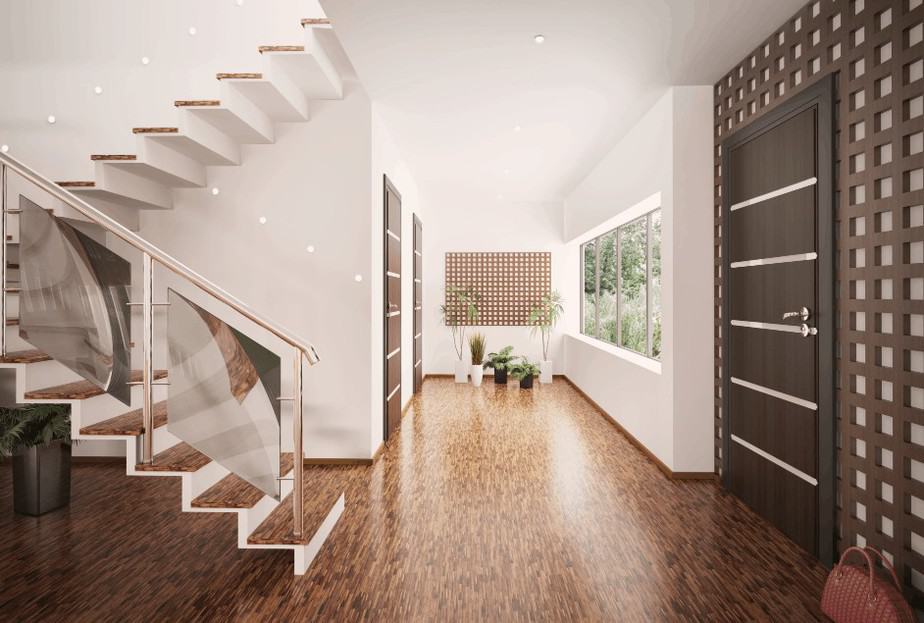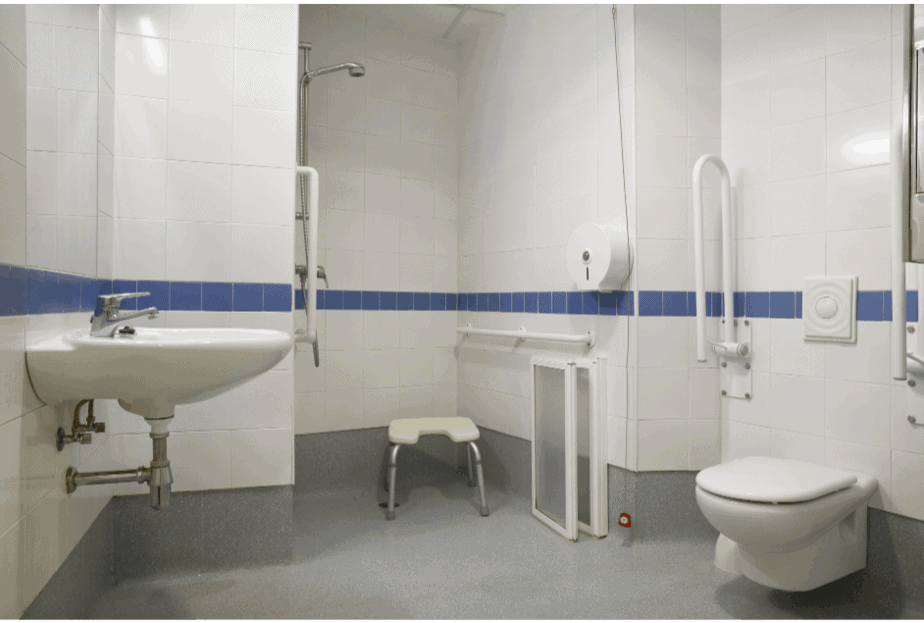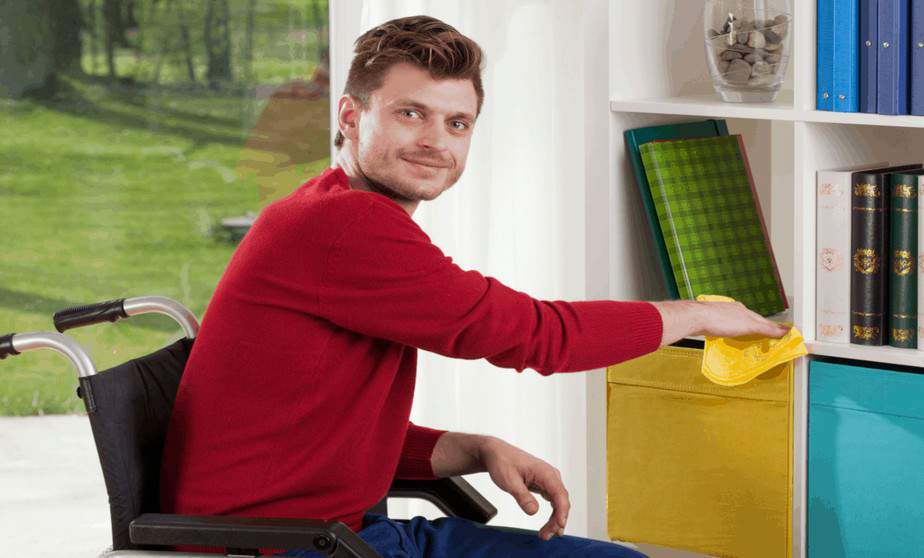“A wheelchair should not be symbol of disability. A wheelchair is a vehicle of liberation and freedom; a chariot for independence” – John Robin
Nowadays, there are many options for wheelchair users. How do you decide which option is best? How do you get insurance approval for your wheelchair? Who can write an appeal? Who can issue a wheelchair assessment for measurements and applicable positioning aides? Occupational therapists can provide you insight and appropriate documentation as we work with your durable medical equipment supplier.
Why are wheelchair assessments important?
Many of our patients seeking a wheelchair assessment have recently gone through a medical event requiring long-term wheelchair use. Utilizing occupational therapy practice to perform your wheelchair assessment is important because we are able to address both upper body and lower body physical areas of wheelchair use, but conduct an assessment of the physical piece of equipment with positional aides, and provide training with insurance justification for reimbursement.
Physical risk factors associated with long-term wheelchair use:
- moisture from sweat, water or incontinence
- poor posture
- poor diet and not drinking enough water
- aging
- previous or current pressure sore
- weight (underweight or overweight)
- decreased mobility and/or paralysis
- decreased sensation
Because of the risk factors involved, it is important to ensure your wheelchair solution is the best fit for you.
Wheelchair Assessments and Positioning Aids
Home Assessment
During a home assessment, y0ur therapy practitioner will walk through your home and recommend ways to increase safety, accessibility, and decrease potential fallings risks. We will assess the physical environment for barriers that would prevent you from getting into and out of your home. A home assessment also allows the therapy practitioner to give you information about various pieces of adaptive equipment and durable medical equipment as well as assess for home modifications that may increase the liveability of your physical environment! We will then help you find a contractor who is able to make these changes for you.
Assessment of Movement
As occupational therapists, we can assess functional movement and recommend adaptive equipment as well as durable medical equipment that will enhance your mobility and making getting into and out of your home easier with minimal need for home modifications. Addressing your physical concerns are oftentimes much more cost-efficient and better for your overall well-being! Before we can make any recommendations, we must assess your ability to move and determine how you are walking and holding your posture, if you are presenting with muscle imbalances, the status of your upper body and lower body range of motion and flexibility deficits and finally, determine the status of your muscle stamina. After we complete this assessment, we can help you decide what mobility aid would be most appropriate for you, if any.
Physical Mobility and Functional Skills Assessment
- Reflexes, muscle tone, and seating measurements
- Range of motion (upper body and lower body joint mobility)
- Posture and Control (back control, neck control, core control)
- Postural asymmetries
- Strength of upper body and lower body muscles
- Coordination throughout your brain and all extremities
- Motor function including fine and gross motor
- Your ability to move from surface to surface
- Endurance and muscle stamina
- Your level of sensation in your skin and muscles
Assessment for Liveability and Independence
- Mobility-Related Activities of Daily Living like feeding, bathing, grooming, upper body and lower body dressing, toileting, and Instrumental Activities of Daily Living)
- Bowel and bladder management in wheelchair management
- Home assessment (home assessment, getting into and out of your home)
- Transportation and community mobility
- Vocational Rehabilitation and assessment (after life-change)
Ensure you are given a comprehensive evaluation by your therapist!
It should include objective assessments, a work-up of upper and lower body strength and range of motion, a screen for reaction time and coordination, a cognition screen to ensure your memory has not been affected by decreased mobility, and a conversation or perceptual screen regarding your fear associated with falling.
Commit yourself to at least 3-5 weeks of outpatient therapy after discussing the plan with your therapist.
Improvement takes time, especially when improving your memory! You can’t improve without a commitment to a plan. After your home assessment, meet with your therapist and discuss the outcomes and ways you can implement suggested strategies. If your therapist has identified personal barriers preventing you from getting into and out of your home, consider outpatient therapy to address and restore physical function like strengthening and balance.
Follow the Home Exercises Program (HEP)
Your therapist will give you a home exercise program including exercises, stretches, and ways to help you get into and out of your home. Be consistent and proactive so that you can maximize your time and your normal community activities can resume.
Ask questions!
Our outpatient rehab program is unique and educational. We want to equip you with the answers you are seeking and will do our best to give you the most current information! Be an active part of your therapy program!
Are you facing a specific diagnosis or condition effecting your functional performance?
Check out some examples of conditions we treat through outpatient rehabilitation!
Why choose Buffalo Occupational Therapy?
Buffalo Occupational Therapy works with you one-on-one to create a treatment plan that will meet your needs, accomplish your desired outcomes, and restore your hope in recovery.
Buffalo Occupational Therapy practitioners are committed to maintaining current competencies, meeting monthly continuing education goals, and being well-versed in the latest evidence-based, research-driven treatment models in order to offer you the best treatment possible.
Specialized occupational therapy practitioners are accessible to their patients, invested in producing treatment plans that will produce results, maximize time spent, and offer you hope for recovery.
Buffalo Occupational Therapy is currently the first and only Neuro-centered adult outpatient occupational therapy practice specializing in neurological rehabilitation, functional performance, and rehabilitation for older adults.
Helpful Page Definititions
Comprehensive Evaluation
Occupational therapists treat the entire person. Much like your primary care physician, we were required to learn elements of the entire body so that we could treat holistically (a one stop shop). Because of this, your outpatient rehabilitation specialist will perform an evaluation that assesses the following things:
- Personal history
- Who are you? What do you do? What makes you tick? Why are you seeking outpatient therapy?
- Physical function (upper body and lower body)
- Strength, range of motion, and flexibility
- Neuromuscular function (brain to muscle communication)
- Coordination, speed, agility, and reaction time
- Cognitive and Mind health
- Short term memory, recall, information processing, and perception of illness
- Occupational Inventory (Activity and role inventory)
- Roles you play like a caregiver, spouse, parent, employee, etc.
- Mobility inventory like the places you need to go
- IADL inventory and what activities are required for you to be independent
- Other activities that are important to you
Muscle Imbalance
Your body is complex and should be working synergistically with all of its parts. When some muscles have become weaker while others remain strong, an imbalance occurs which causes decrease balance, standing tolerance, and joint stability.
Visual Perception
We incorporate visual perceptual elements into many treatments to enhance perception, balance, safety, cognition, memory, recall and neural excitation. Some areas of visual perception include form constancy, visual discrimination, figure-ground perception, visual closure, visual memory, and visual sequential memory.
Mobility Aid
As occupational therapists, we can assess functional movement and recommend adaptive equipment as well as durable medical equipment that will enhance your community mobility. Before we can make any recommendations, we must assess your ability to move and determine how you are walking and holding your posture, if you are presenting with muscle imbalances, the status of your upper body and lower body range of motion and flexibility deficits and finally, determine the status of your muscle stamina. After we complete this assessment, we can help you decide what mobility aid would be most appropriate for you, if any.
Types of mobility aids include cane (single point, quad cane, tripod cane), crutches, knee scooter, cane-crutch combination, walkers (4 wheeled walker, 2 wheeled walker, standard walker), walker-cane hybrid, hemi-walker, gait trainer, scooters, wheelchairs and more.
We will help decide what device would be most appropriate, help with positioning, and then train you on best practices to maximize your mobility!




